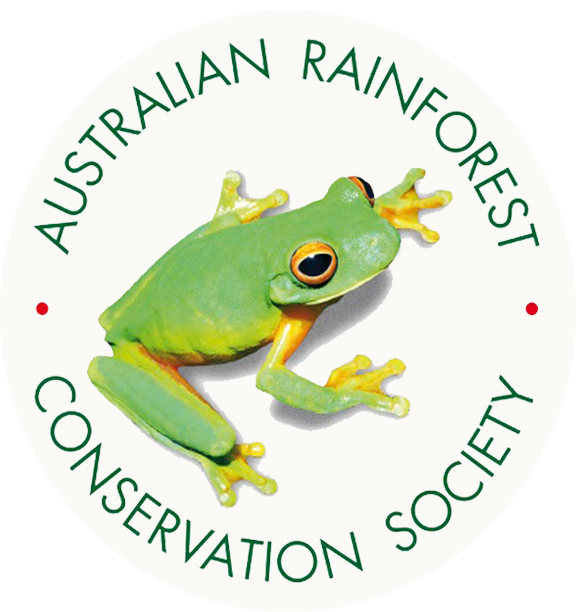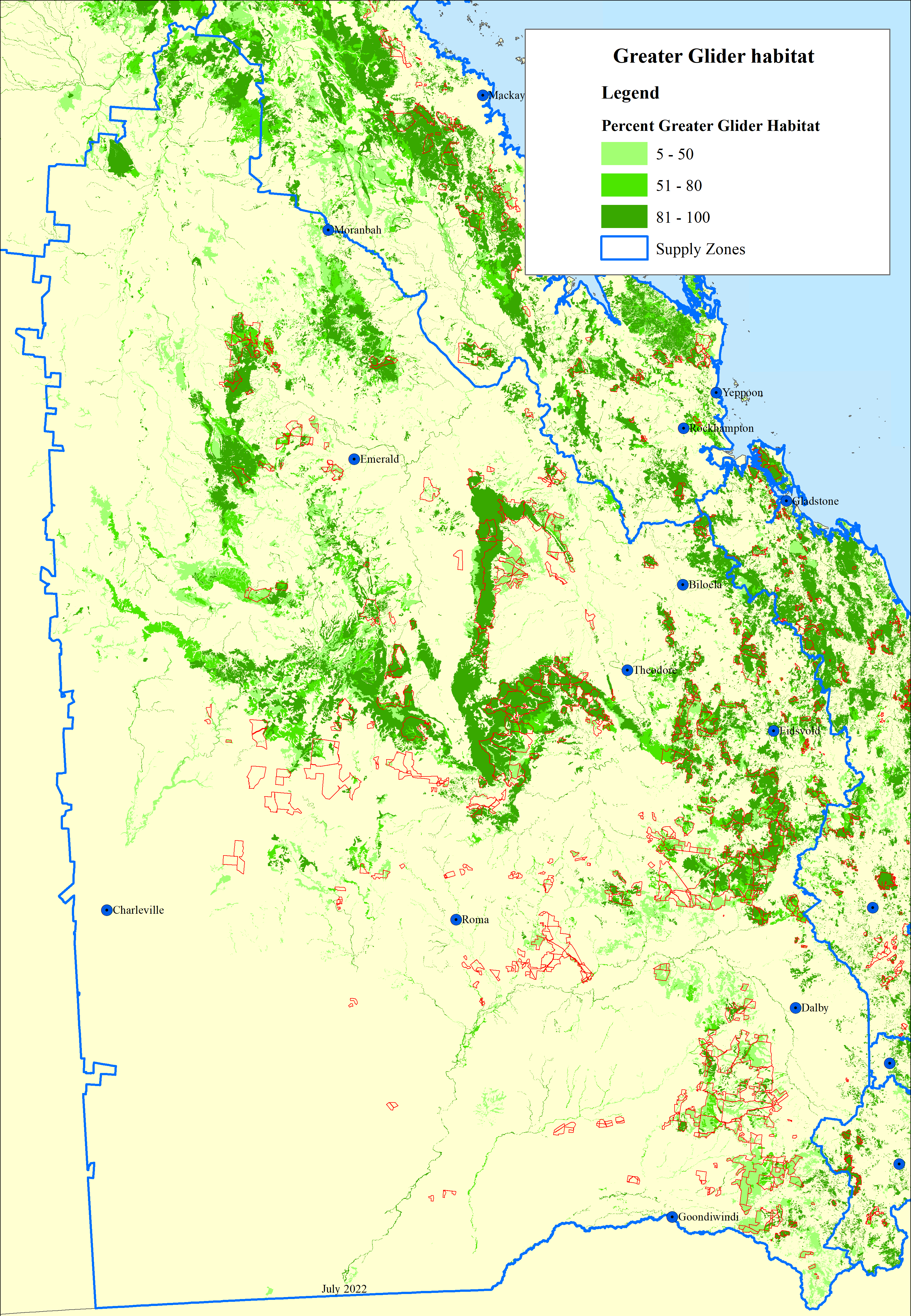 |
Save the Greater Glider from logging |
| Home | Habitat maps | SEQ Forests Agreement | Western Hardwoods Area | Intensive logging | Queensland Government position | How you can help |
|
Hover the mouse over the map 
|
Western Hardwoods AreaThe Western Hardwoods Supply Area largely coincides with the Brigalow Belt South Bioregion in Queensland. It is an outstanding area for biodiversity but is poorly represented in conservation reserves. ‘Brigalow country Queensland’ was included as a Priority Place in the national Threatened Species Action Plan 2022–2023 Towards Zero Extinctions. In 2004, ARCS produced a 330–page report Conservation Values and Integrity of the Western Hardwoods Area — Brigalow Belt and New England Tablelands Bioregions Southern Queensland. The report can be downloaded here. On the basis of the report, ARCS put forward a reserve proposal involving the transfer of 1.2 million hectares of State Forest to Protected Area tenure with immediate cessation of hardwood logging. The ARCS proposal was accepted by the Beattie Government and announced by Premier Beattie in 2004. The transfer process was protracted as many of the State Forests were encumbered by long-term grazing leases and mining leases. When the LNP was elected to government in 2012, they overturned the decision to transfer State Forests to conservation reserves and resumed logging. Permits were issued guaranteeing wood supply through to 2034. |
|
As the map shows, there is a very significant area of greater glider habitat in State Forests in the area, e.g. Allies Creek, Theodore, Presho, Belington Hut, Mt Nicholson, Expedition, Shotover and Coominglah State Forests. Eyre et al. (2010) studied the impacts of forest management on forest structure in the Brigalow Belt South Bioregion. The study aimed to determine the response of a range of habitat features to variation in disturbance history and intensity at the stand scale. Timber harvesting was one disturbance considered. A total of 120 sites was studied. The mean number of live trees with hollows across the study area was 4.0 ± 0.4 per hectare. For harvesting in this area, the Code requires retention of six live habitat trees and two recruitment habitat trees per hectare. The study found that live trees of the five most common species were more likely to have hollows if the diameter at breast height (DBH) was greater than 60 cm. |
With respect to impacts of timber harvesting, logging intensity was the most important variable affecting the abundance of hollow bearing trees and large living trees. The results of this study raise serious concerns about the impacts of 40 cm+ logging, and especially 30 cm+ logging, on habitat quality for the Greater Glider in the Western Hardwoods Area. Note: ARCS understands that 30 cm+ logging was practised in the Western Hardwoods Area from 2007 to 2013. ARCS made a Right To Information request about the decision to introduce 30 cm+ logging but it was ruled cabinet-in-confidence. Reference |
|
Australian Rainforest Conservation Society Inc PO Box 2111, Milton QLD 4064, Australia telephone: 0408 451 061 email: aila@rainforestaustralia.org.au |